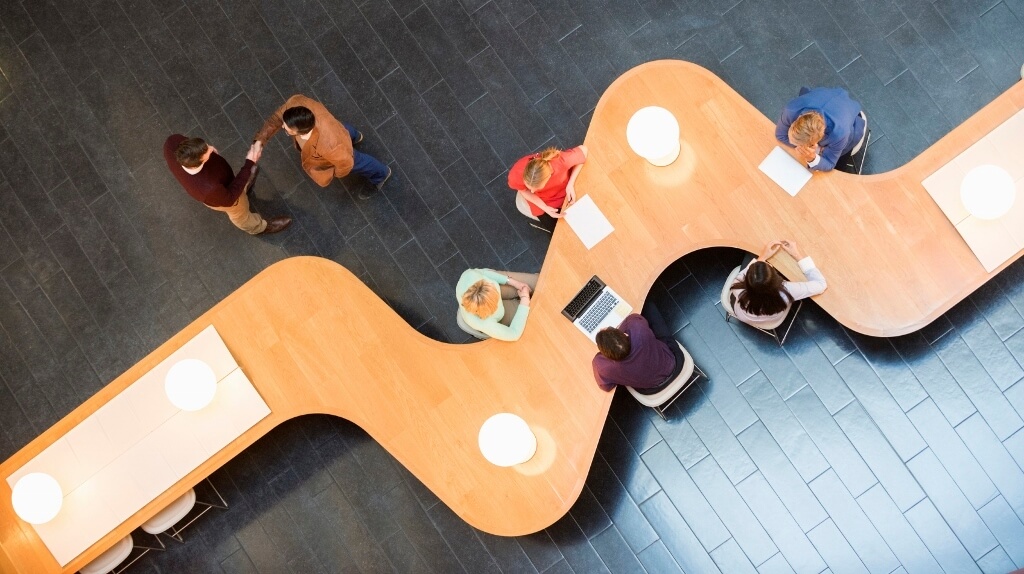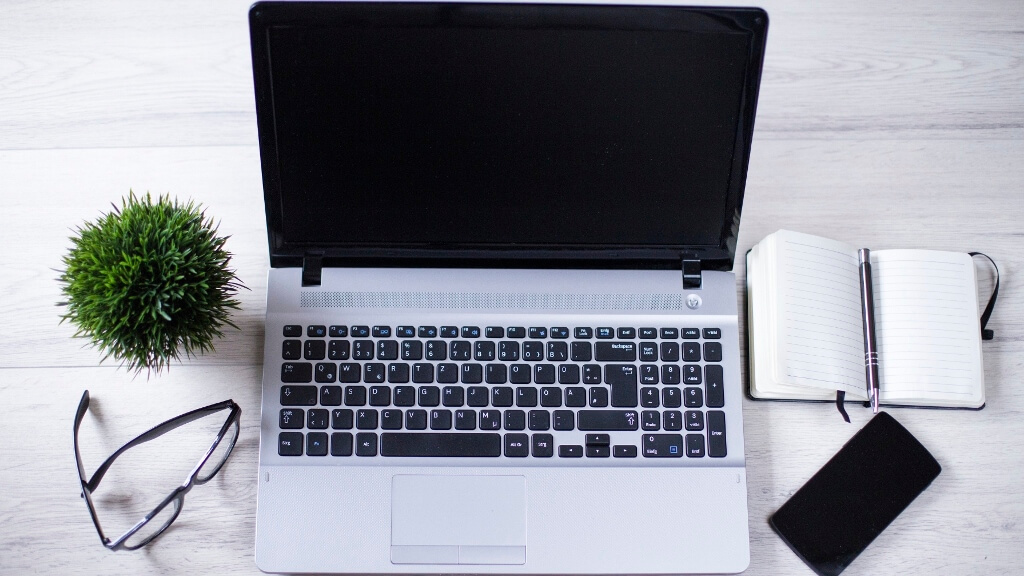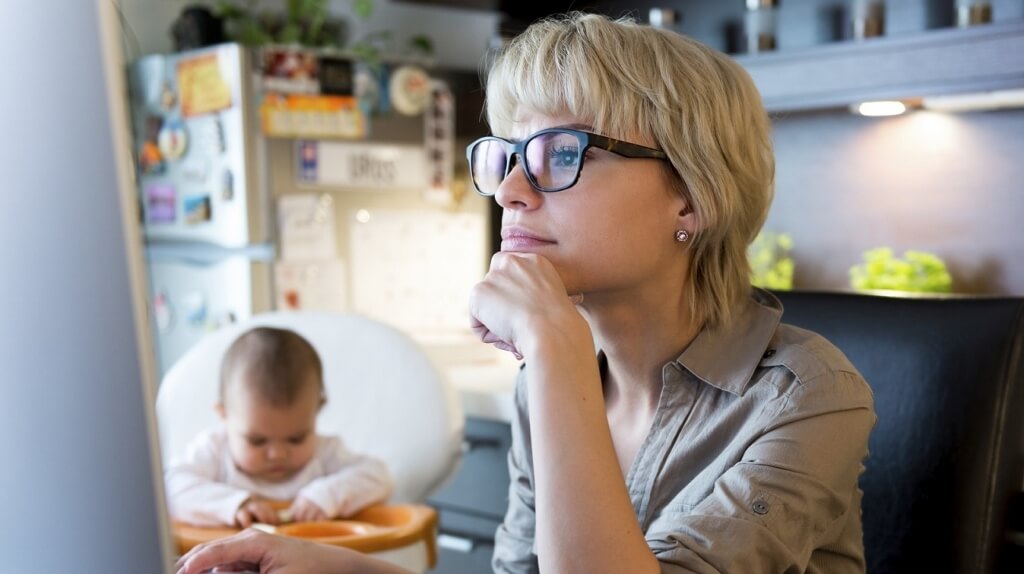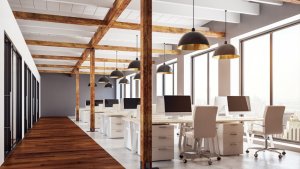Three Ways To Create A Productive Working Space
Give your team a productivity boost with a few choice upgrades to their working environment.

Facing productivity issues in your business? You might want to take a look at your office space. The research shows that an attractive working environment is crucial to getting the most out of your employees.
A recent academic study indicated that decorating an office with plants can influence workers’ quality of life and productivity levels by up to 15%.[1]
When planning an office space, various factors need to be taken into consideration; the availability of technology around the office, the quality of equipment, as well as the visual design and structure of the space.
Here are three top tips on creating a truly productive office space.
Make your office look good
Corporate art has been around for hundreds of years - for good reason. The first corporate art collection is thought to have been established in 1472 by the Renaissance banking family the Medici to decorate the walls of the Monte dei Paschi bank in Sienna.
Today, corporate art is experiencing a second Renaissance, and the evidence shows it’s popular and effective. An IAC survey revealed that 93.8% of respondents felt that art and plants made their workplace more welcoming, while 60.8% believed it made staff more creative.[2]
It’s not just traditional artwork that’s important in modern office spaces. With the rise of open-plan layouts, large windows, and less wall space than the traditional cubicle office, there is a growing demand for more mobile art forms, such as video and new media. Additionally, you can also use Glass Partition walls newcastle or or wherever your office is located. These partitions allow you to divide spaces while preserving light and visual openness, making them an ideal backdrop for dynamic art displays, projection installations, or digital media projects.
Technologies like projection are becoming increasingly important, offering opportunities for flexible, cost-effective and customisable art, including giving staff the chance to exhibit their own photography or video projects.
An attractive environment doesn’t just improve employee well-being. Research shows that visually stimulating spaces can actually influence buying behaviour, whether it’s shoppers or potential business clients. Store designer, Ko Floor, argues that consumers are sensation-seekers who enjoy being inspired by experiential shopping experiences.[3]
Similarly, the branding consultant, Martin Lindstrom, highlights the importance of non-branded sensory stimuli in allowing emotional responses to dominate rational thinking, motivating impulsive customer purchasing behaviour.[4]
Clearly, businesses which provide a visually stimulating working environment can reap rewards in terms of productivity and business success.
Don’t run a marathon to access technology
If you’re relying on centralised technology models in your business, chances are your employees are running a marathon – and wasting a lot of time!
Recent research from Epson revealed that employees are running two marathons to and from their office printers every year. European employees spend on average 5 minutes every day travelling to a printer, resulting in 18 wasted hours a year![5]
Centralised printing systems have a bigger impact on draining employee time than you might expect.
These secret office athletes need to be transformed into productivity machines, and the best way to do this is by installing a distributed printer fleet around the office, which not only reduces time wasted on collecting printouts, but also adds to resilience in the event of any one machine failing for one reason or another.
Clearly, a successful office space is equipped with technology that is accessible. If businesses rely on centralised models, the reality is that productivity could be impeded.
Collaborate, collaborate, collaborate
We’re all guilty of losing concentration in meetings - 91% of employees claim they lose focus during meetings. Fortunately, businesses can address the daydreaming issue by making sure the working environment is fitted with collaborative technologies, such as cloud networks, interactive projectors and video conferencing systems, which enhance productivity levels by keeping employees engaged in a central task.
Modern employees want to be connected, and don’t always deem it necessary to come into the office.
That’s why interactive projection is so important - colleagues have the ability to walk into a meeting room equipped with this technology and start writing directly onto a projected image using their finger or a dedicated pen; sharing the changing image immediately with colleagues in other locations.
These devices can switch seamlessly between input sources – allowing shared, wireless display from smartphones, tablets, USBs, the internet and laptops – as well as connecting to devices across the company network.
Jacob Morgan, Forbes contributor and author of The Future of Work, underlines the importance of collaborative working, suggesting that in future employees will be seeking new ways of working and collaborating, meaning that businesses will be able to tap into the collective knowledge of the workforce.
Employees who ‘use collaborative technologies and internal social networks are going to be the ones that succeed in their careers’, according to Morgan.[6]
Today’s business environment calls for increased collaboration and knowledge sharing, in order to drive creativity and efficiency for companies looking to maintain that innovative edge. Modern work spaces, therefore, must encourage the idea of the ‘connected employee’.
Productive working spaces, then, rely on a mix of thoughtful landscaping, accessible technology and using collaborative whiteboards and projection in order to encourage employees to interact.
Footnotes
[1] M.Nieuwenhuis, C. Knight, T.Postmes, S. Haslam, ‘The relative benefits of green versus lean office space: Three field experiments’, Journal of Experimental Psychology: Applied, Vol 20 (3), September 2014, pp. 199-214.
[2] International Art Consultants in partnership with the British Council for Offices (2013).
[3] Ko Floor, Branding A Store (2010).
[4] Martin Lindstrom, Brand Sense: Sensory Secrets Behind the Stuff We Buy, 2005
[5] FTI Consulting, October 2015
[6] The Future Organization, Jacob Morgan, 2014
Thanks for signing up to Minutehack alerts.
Brilliant editorials heading your way soon.
Okay, Thanks!




